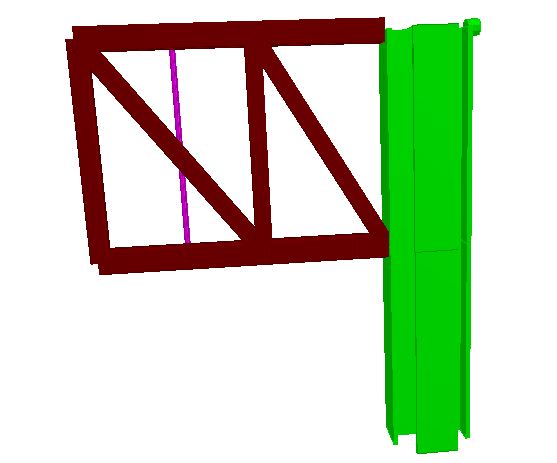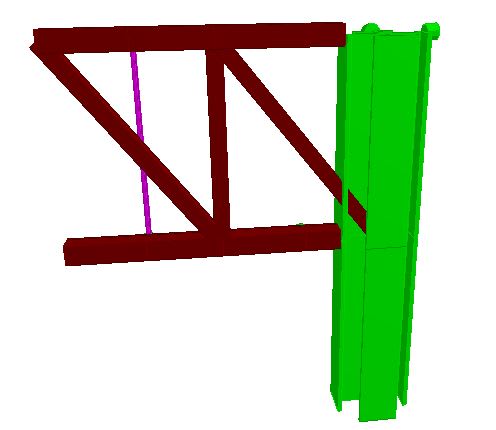Arbu
Structural
- Mar 25, 2018
- 69
Dear All,
I am designing a truss to column connection. I need your comments about connection. Two options of connection has shown below. which one will be the structurally sound.

Connection-A

Connection-B
In connection A there is eccentricity but I can connect both bracing and bottom member on one plate and can bolt, but for connection B I need two sperate plate and bolts and there will be no eccentricity with column line. Please comment.
I am designing a truss to column connection. I need your comments about connection. Two options of connection has shown below. which one will be the structurally sound.

Connection-A

Connection-B
In connection A there is eccentricity but I can connect both bracing and bottom member on one plate and can bolt, but for connection B I need two sperate plate and bolts and there will be no eccentricity with column line. Please comment.

